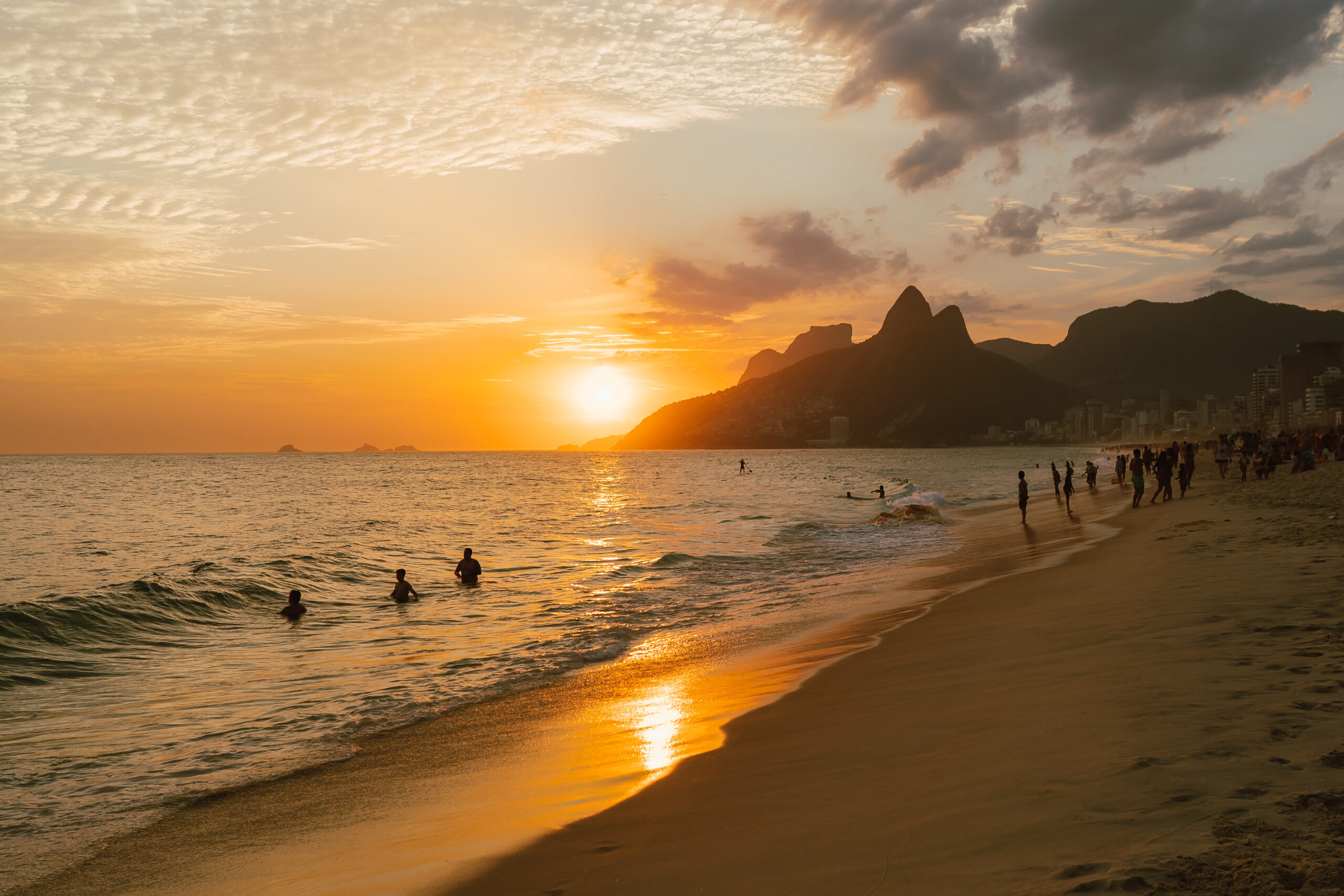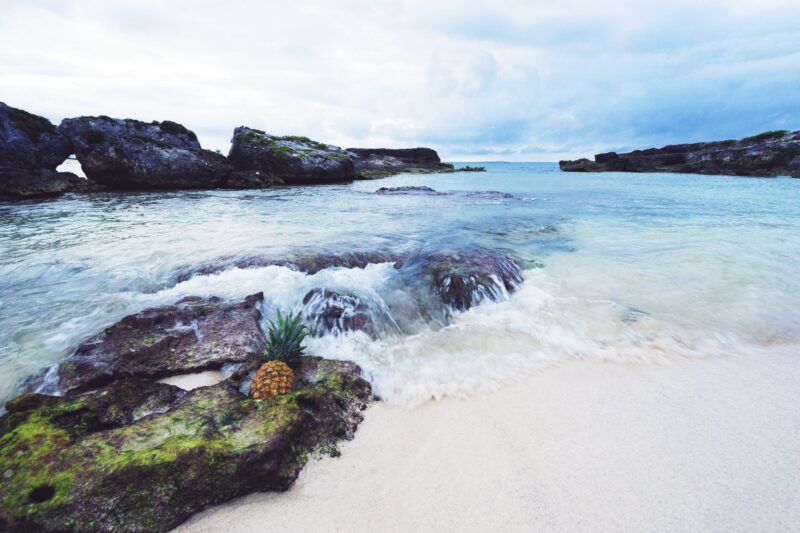Rio de Janeiro is the kind of city that pulses with energy all year long. Yet knowing when to visit can mean the difference between a peaceful escape and the largest party on Earth.
Maybe you’re dreaming of lazy afternoons on Ipanema with a cold coconut in hand. Or perhaps you want to dance in the streets during Carnival, surrounded by drum-carrying musicians and millions of people covered in glitter. You can find both experiences here; it just depends on the season.
As someone who lives here, I’ve learned that timing is everything. This guide breaks down the best times to visit Rio de Janeiro based on local festivals, ideal beach weather and those unforgettable cultural gems that make the Marvelous City live up to its name.
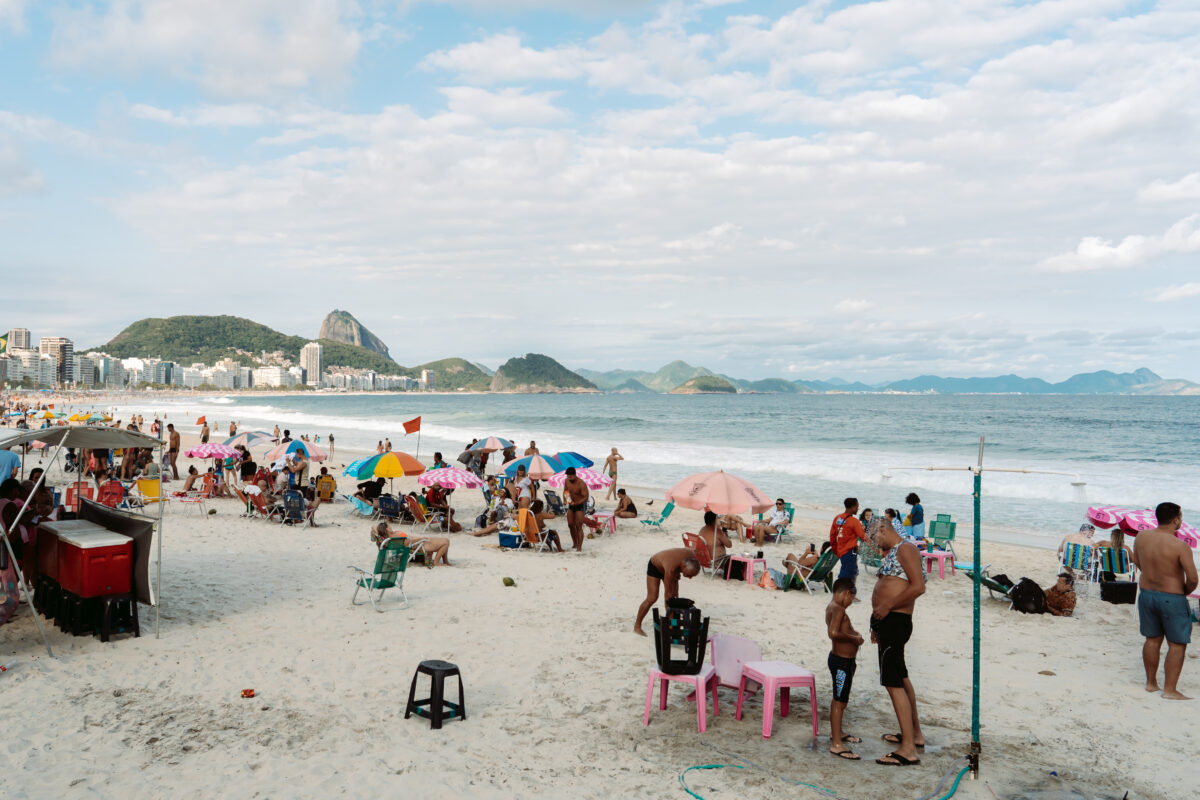
What’s the weather like in Rio de Janeiro?
Rio has a tropical climate—think hot, humid summers, mild winters and a good dose of sunshine year-round. It’s one of the main reasons people fall in love with the city and often why they stay. Rio now ranks among the best cities for remote workers and the sunny weather probably has much to do with that.
Just remember, being in the Southern Hemisphere means seasons are flipped. While it’s winter in the U.S., Rio is deep into summer. And let me be frank: summer here is hot. From December to March, temperatures regularly soar to 40°C (104°F). There’s even a saying for it: “um sol pra cada um”—a sun for each of us. In other words, there’s enough heat to go around. Afternoon showers are common, but they tend to be short-lived bursts that cool down the city, at least for a little while.
Personally, I love Rio in the winter (June to August). It’s cooler, drier and the skies are a brilliant shade of blue. Daytime temps hover between 20°C and 26°C (68°F to 79°F), perfect for beach days without the summer crowds. The ocean is warmer, the air is crisp and the beaches are quieter. It never really gets cold, but try telling that to a carioca. The moment temps dip below 80, you’ll see locals slipping socks into their Havaianas. It’s a pretty funny sight.
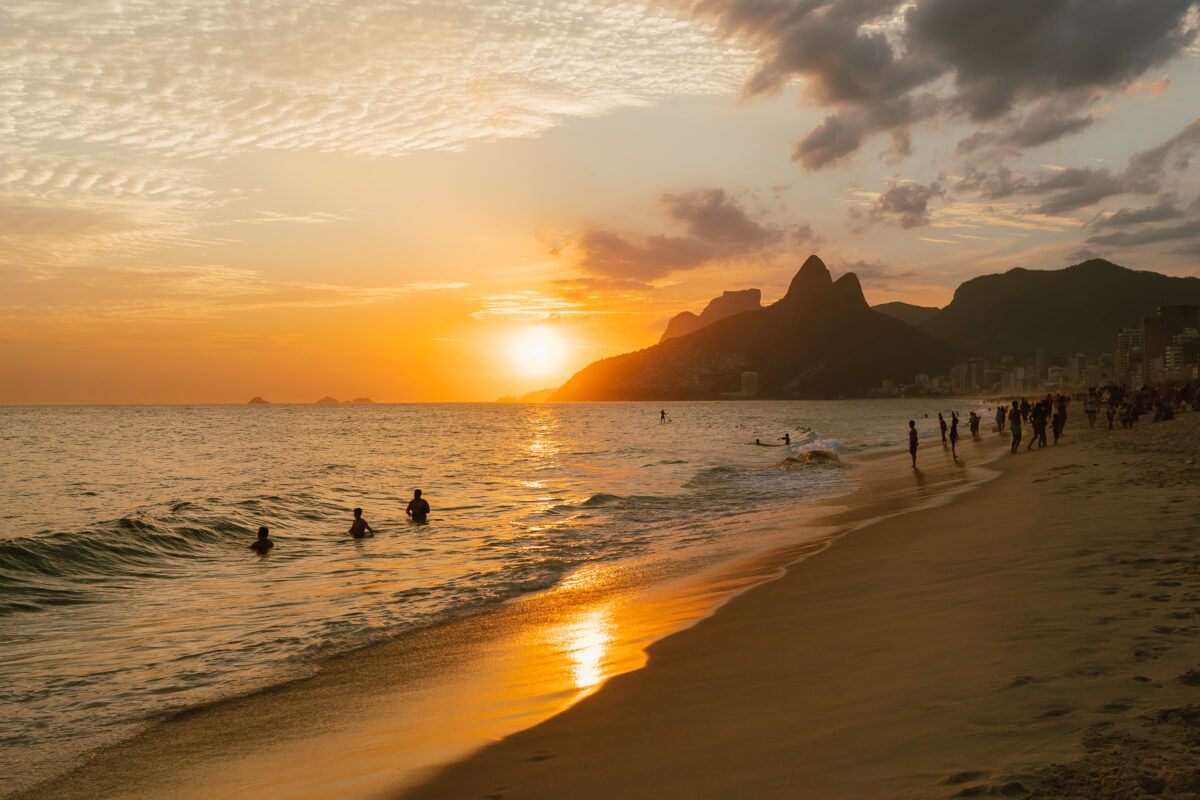
Best time to visit Rio de Janeiro, by season
Now, the seasons in Rio don’t quite follow the calendar the way you might expect—and it’s not just because we’re in the Southern Hemisphere. In Rio, seasons are more aligned with a particular vibe than with temperature. Sure, it’s mostly warm year-round, but there’s a world of difference between visiting in the thick of summer and arriving during the quieter winter months. Let me explain:
Summer (December–March): High season
Summer is a cause for celebration in Rio. Even though it’s warm year-round, there’s something special about this time of year. The buzz starts in December, when locals begin reminiscing about those perfect summer beach days, like meeting friends on the sand after work and lingering until the sun dips behind the mountains. There’s the excitement of the holidays, the anticipation of Carnival and a general sense that something fun is always just around the corner.
From December to March, Rio hits its peak. Temperatures soar and the energy does too. The city’s most famous beaches, like Copacabana and Ipanema, are packed daily. As in, you’ll find hundreds of colorful umbrellas on every beach Monday through Sunday. It’s a sight that begs me to question: Does anyone in this city actually work?
And the party never stops. If New York is the city that never sleeps up north, Rio is its tropical counterpart in the south. From samba circles in Lapa to jungle parties with world-renowned DJs to impromptu Carnival blocos shutting down the streets, the city erupts in one big celebration of life.
It’s the ultimate season for beach lovers and revelers—just be ready to experience it all alongside thousands of others.
Autumn (April–mid-June): It’s still warm, but less crowded
As soon as April arrives, the energy in Rio shifts. The tourists who came for New Year’s and Carnival leave and locals feel they can breathe again. There’s less going on overall, and more importantly, the beach isn’t packed 24/7. I often find myself with an entire patch of sand to myself during the week, especially if I go early in the morning.
This is a great time to experience Rio in its natural rhythm. You’ll see neighbors chatting on the sidewalk, couples canoodling on the beach and old friends—maybe four men who went to high school together, now in their 60s—passing around a giant beer at the corner bar. It’s when you get to mingle with locals. You’ll eat where they eat, drink where they drink and see a side of the city that gets overshadowed during high season.
Even the city’s traffic eases up a bit. It’s still Rio, but a calmer, more spacious version of itself. Autumn might be your sweet spot if you’re looking for that perfect balance between good weather and fewer crowds.
Winter (June–August): Mild weather and chill vibes
Rio’s version of winter is equivalent to sunny days, cooler nights and way fewer tourists. It’s also the driest time of year, with bright blue skies and almost no rain—ideal conditions for hiking, sightseeing, or simply enjoying a day at the beach without the summer crowds.
Personally, it’s my favorite time of year in Rio. I love the milder weather, when the sun still shines but doesn’t burn like it does in summer. Everything feels like it slows down a little—at least after the Festas Juninas wrap up in June.
Speaking of Festas Juninas—these are traditional June festivals in Brazil that celebrate rural life with themed parties featuring plaid shirts, straw hats, bonfires, traditional forró dancing and lots of typical snacks. It’s like a mix between a county fair and a Fourth of July BBQ—Brazilian style. All over the city, you’ll find family-friendly festivals with music, games and food stalls. They can be a fun way for visitors to experience a beloved tradition celebrated all over Brazil.
Other than that, winter brings with it a calm in the air, a pause before the city begins revving up again for spring and summer. If you’re looking for a laid-back atmosphere with beautiful weather, emptier beaches and lower hotel rates, winter is an underrated time to visit.
Spring (September–November): A lovely time to visit
Spring in Rio is lovely. The city starts to bloom, making it the perfect season to explore places like the Botanical Garden or Parque Lage, where you can picnic under the trees and take in all the tropical fauna. The weather is warm and dry, with average temps hovering between 21°C and 27°C (70°F to 81°F) and not much rain, especially in September.
There are also several local holidays during this stretch, which means many cariocas head out of town. This results in quieter beaches, fewer crowds and a chance to explore Rio at your own pace.
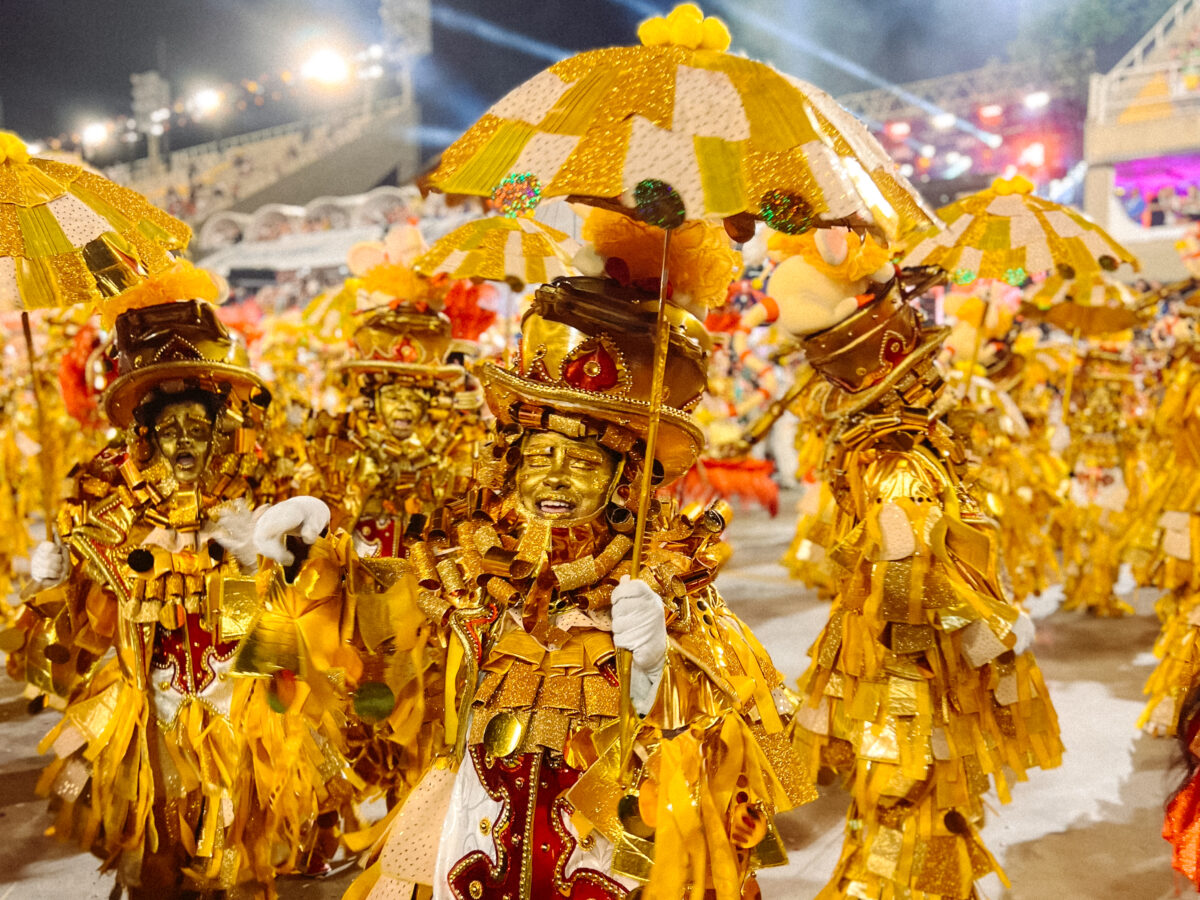
Major Events and Festivals
Carnival (February or March)
If you’re looking for a party, Carnival delivers. It’s the biggest celebration in Brazil—and arguably the world. For one glitter-filled week, Rio turns into a stage for samba school parades, street parties (here known as blocos), glittering costumes, painted faces, and, of course, music, lots of music. Whether you join the crowd in the Sambadrome or follow a neighborhood bloco through the streets of Santa Teresa, Carnival is literal joy in motion.
New Year’s Eve in Copacabana (December 31)
Known here as Réveillon, New Year’s Eve in Rio is famous worldwide for its spectacular fireworks show on Copacabana Beach. Millions gather dressed in white to honor Iemanjá, the Afro-Brazilian goddess of the sea, just before midnight. When the clock strikes twelve, fireworks light up the entire shoreline as Brazilians hug and kiss and do their midnight rituals—like jumping seven waves and offering flowers to the sea. There’s also a massive free concert (this year featured huge Brazilian artists like Caetano Veloso, Maria Bethânia, and Anitta) where millions gather on the sand to watch. Just be warned: the city fills up fast, prices surge and traffic is no joke.

